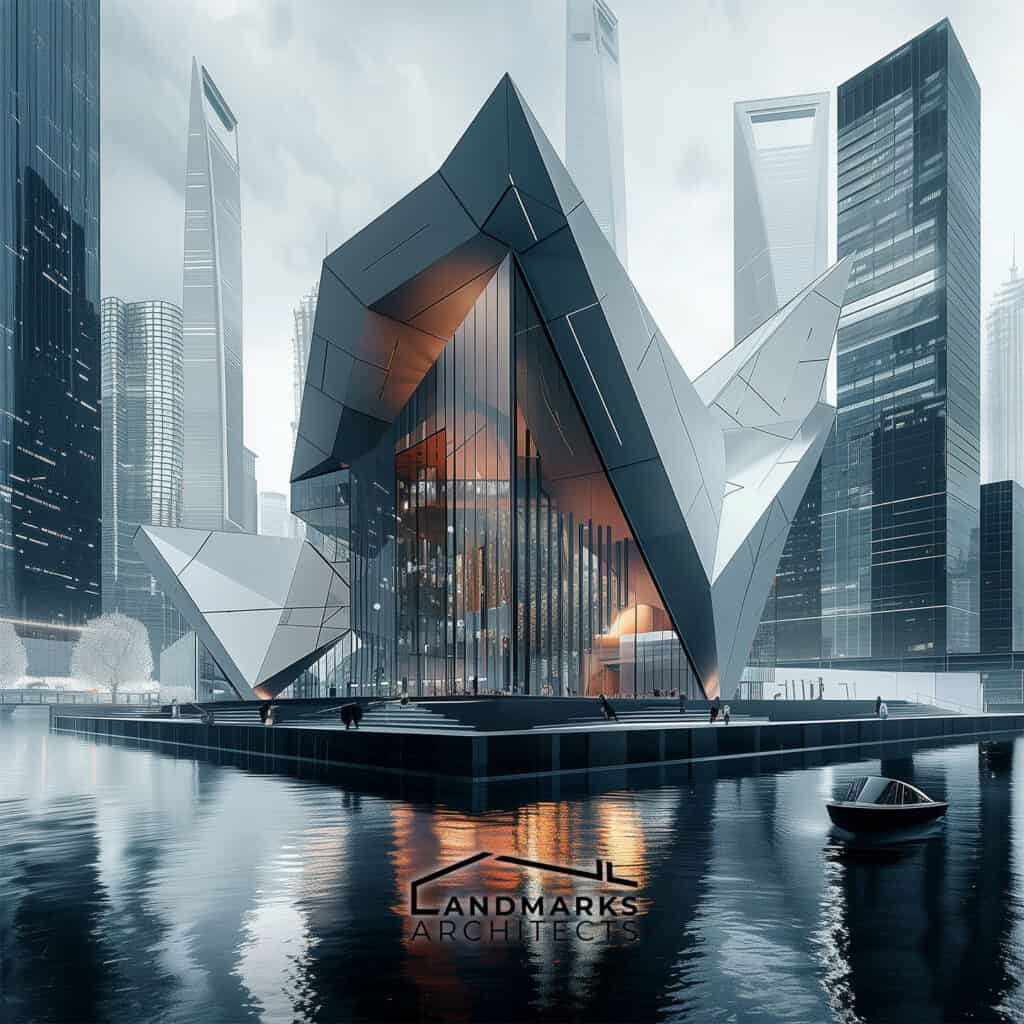
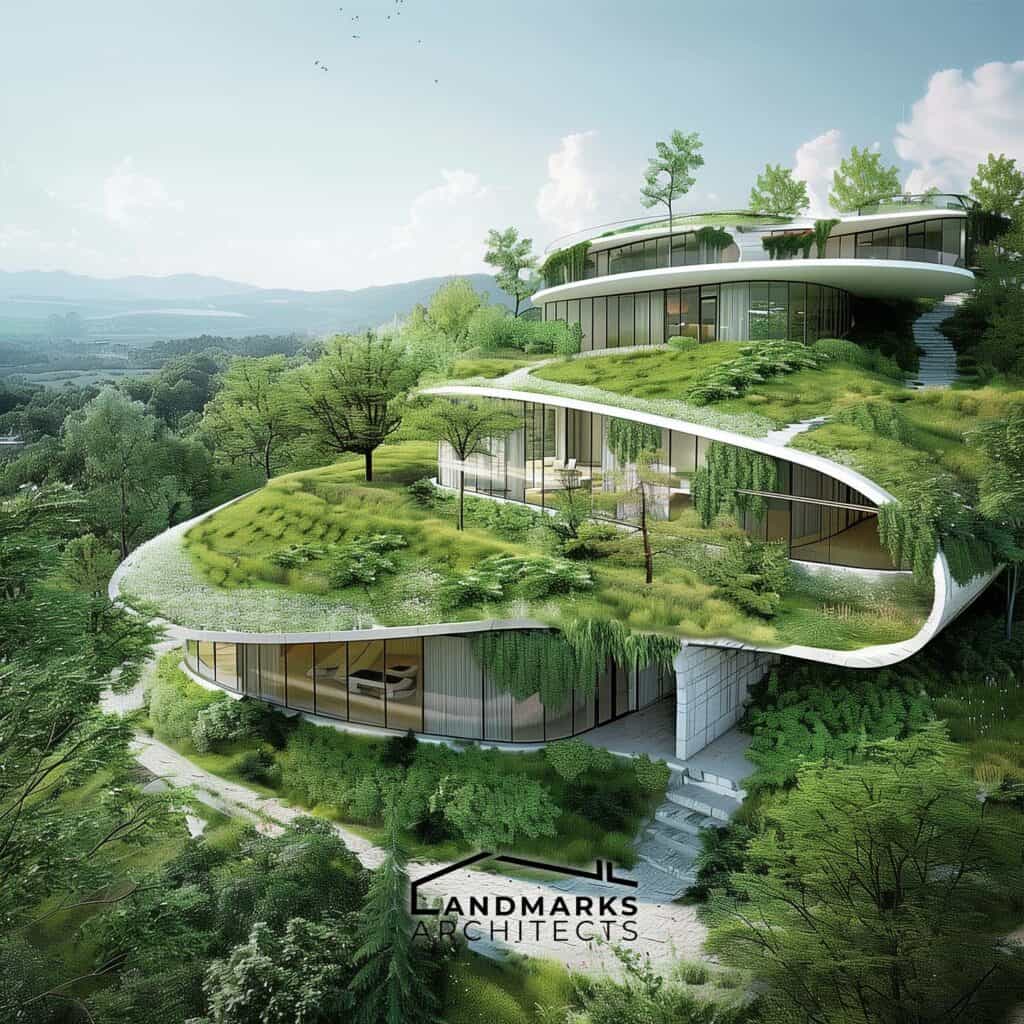
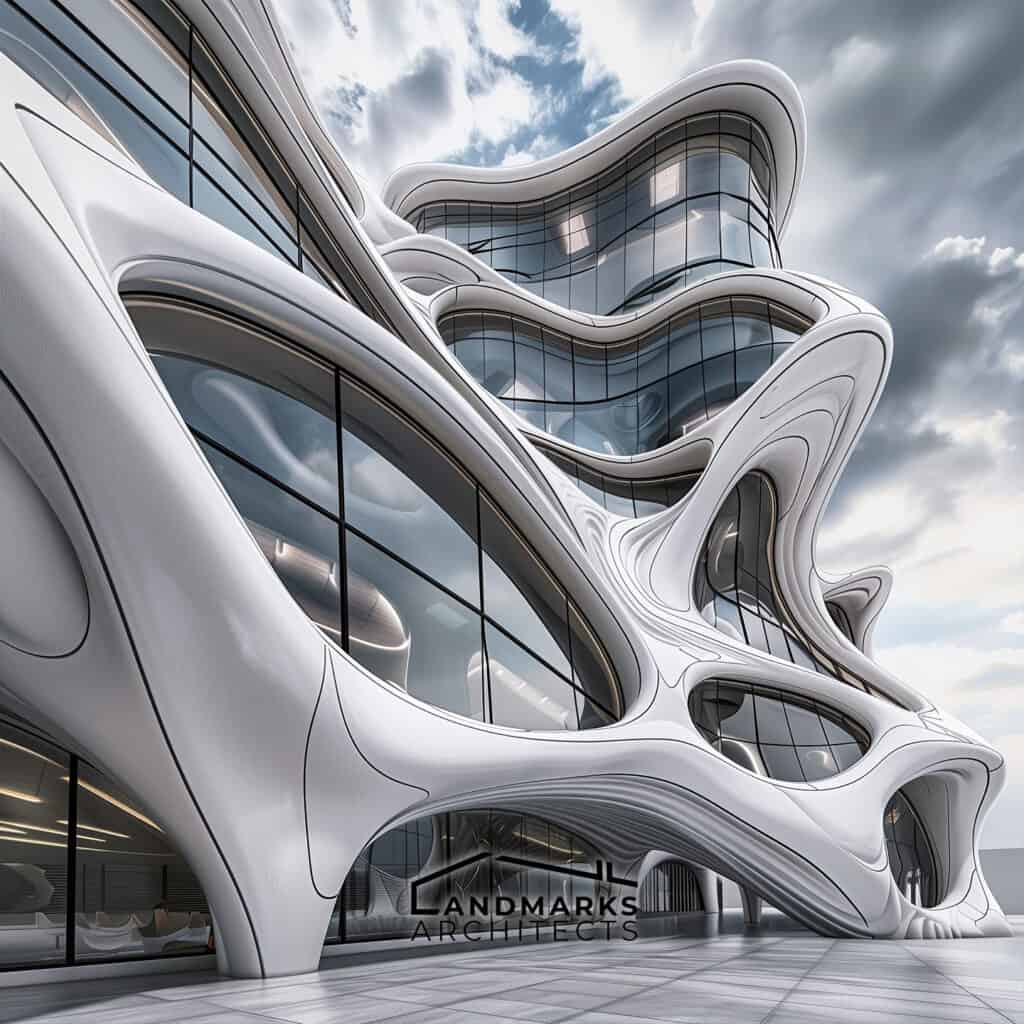
Are you ready to embark on a captivating journey through the transformative world of Modern Architectural Styles? From the sleek lines of Modernism to the bold innovation of Parametricism, each style offers a unique perspective on architectural evolution.
Join us, LandmarksArchitects, as we explore iconic examples and uncover the defining characteristics of each style:
– Modernism: Where functionality meets elegance, with clean lines and minimalist design.
– International Style: A global phenomenon of glass walls and steel frames.
– Brutalism: Bold and unapologetic, with raw concrete and imposing forms.
– Postmodernism: A playful rebellion against tradition, embracing historical references and whimsical ornamentation.
– Minimalism: Stripping down to the essentials, with simplicity and clean lines.
– High-Tech Architecture: Pushing the boundaries of innovation with industrial materials and structural ingenuity.
– Deconstructivism: Defying convention with abstract shapes and asymmetrical compositions.
– Sustainable Architecture: Harmonizing with nature using natural materials and energy-efficient design.
– Parametricism: Embracing the digital frontier, with computer algorithms creating dynamic, organic shapes.
Together, let’s unravel the evolution of modern architectural styles and discover their enduring impact on the world around us.
See Also Italian Modern Architecture
Famous Modern Architectural Styles
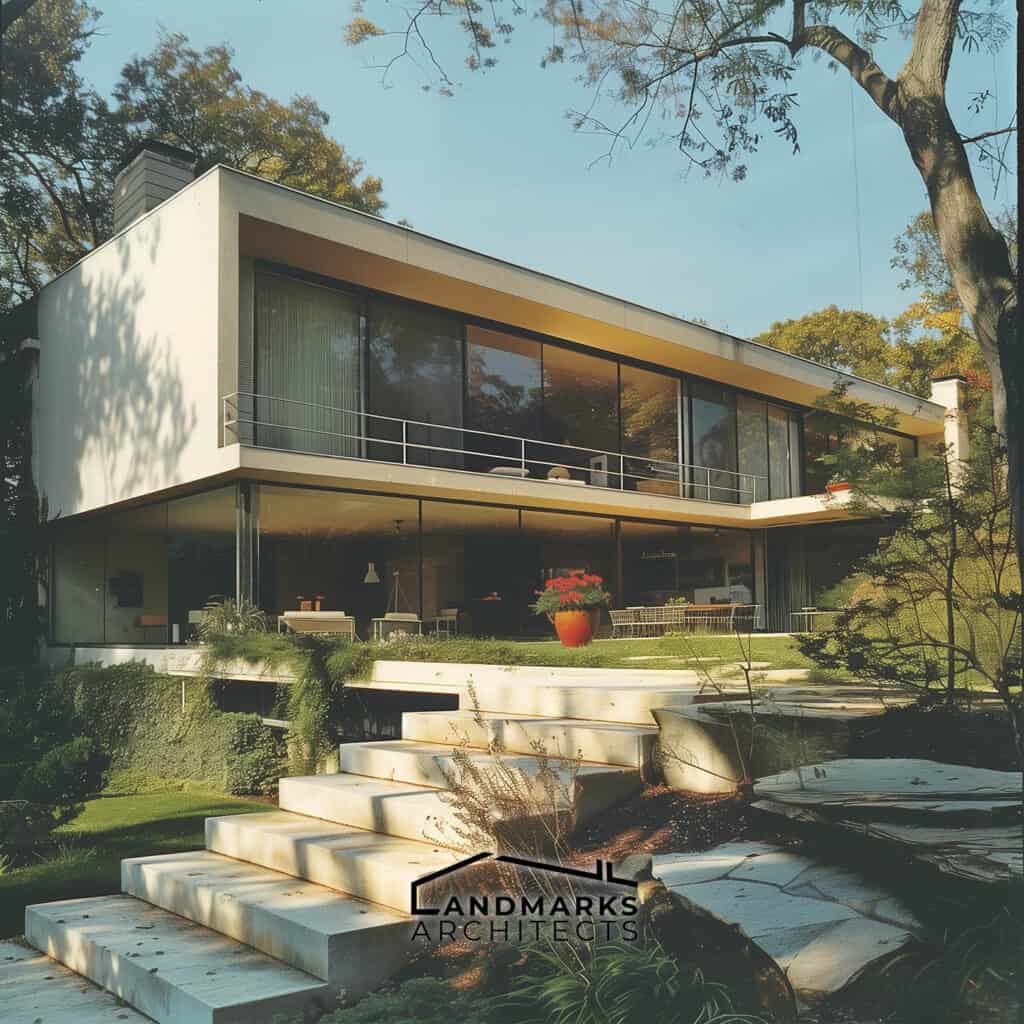
Modern architecture emerged during the 20th century as a departure from traditional styles. It was characterized by the use of modern materials, clean lines, and minimal ornamentation.

Modern architects sought to create buildings that were functional, efficient, and aesthetically pleasing. The following are some of the most popular architectural styles of the modern era:
1. Modernism
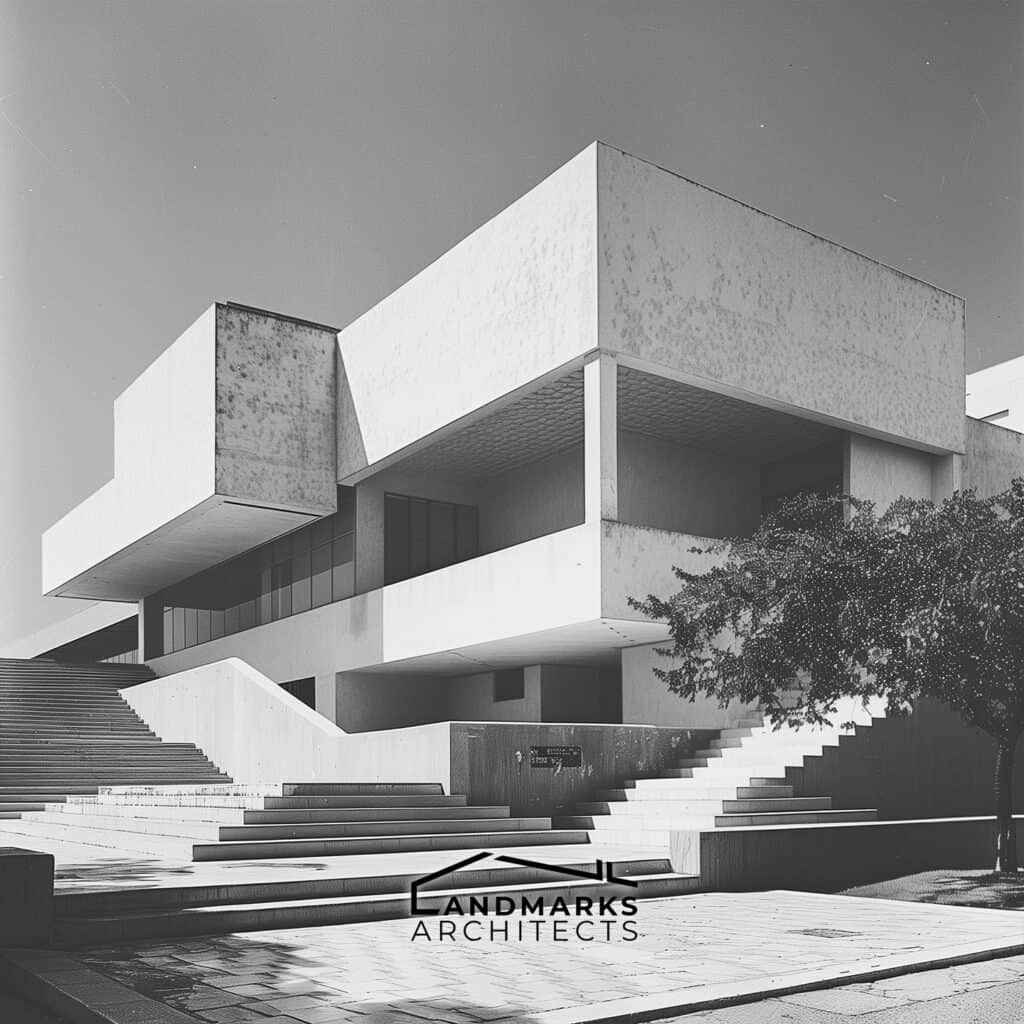
Modernism was one of the earliest and most influential modern architectural styles. It originated in Europe in the early 20th century and was characterized by the use of geometric forms, flat roofs, and minimal ornamentation.
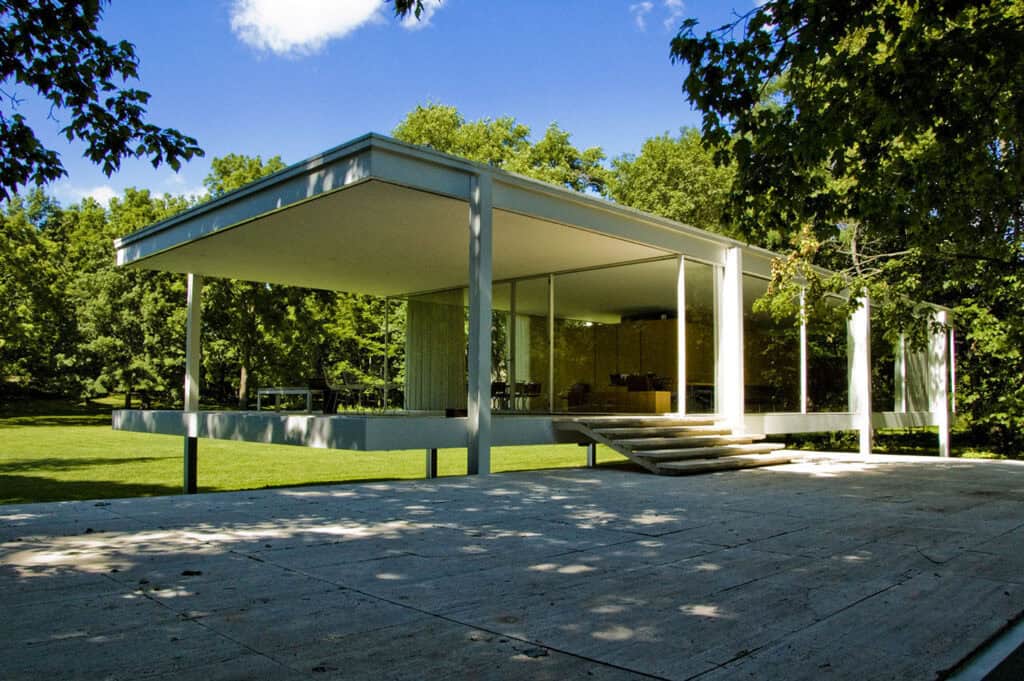
Modernist architects sought to create buildings that were functional and efficient, with an emphasis on indoor and outdoor spaces that flowed together seamlessly. One of the most notable examples of Modernist architecture is the Farnsworth House by Mies van der Rohe.
2. International Style
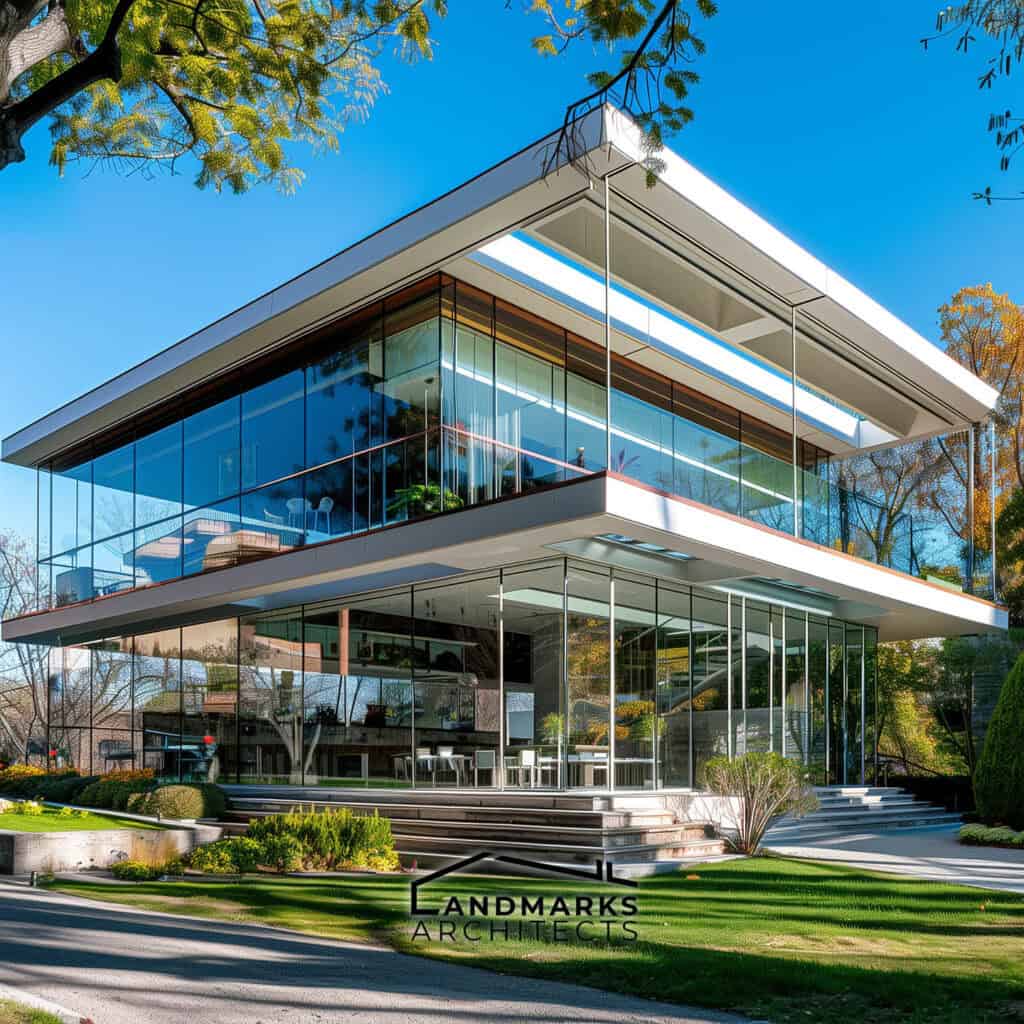
The International Style emerged in the 1920s and 1930s and was characterized by the use of glass walls, steel frames, and minimal ornamentation.

It was popularized by architects such as Le Corbusier and Walter Gropius, who sought to create buildings that were functional and efficient. The United Nations Headquarters in New York is an important example of International Style architecture.
3. Brutalism

Brutalism emerged in the mid-20th century and was characterized by the use of raw concrete, bold geometric forms, and minimal ornamentation.
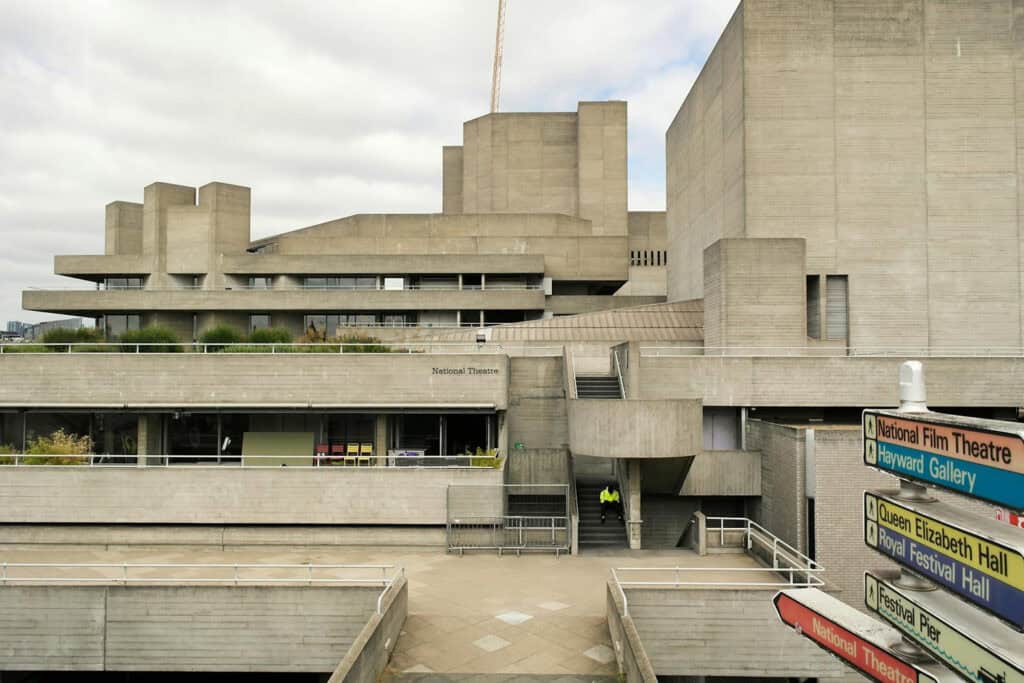
It was popularized by architects such as Paul Rudolph and Le Corbusier, who sought to create buildings that were expressive and monumental. The National Theatre in London is an important example of Brutalist architecture.
4. Postmodernism

Postmodernism emerged in the 1960s and 1970s as a reaction against the strict functionalism of Modernism. It was characterized by the use of historical references, unusual shapes, and playful ornamentation.
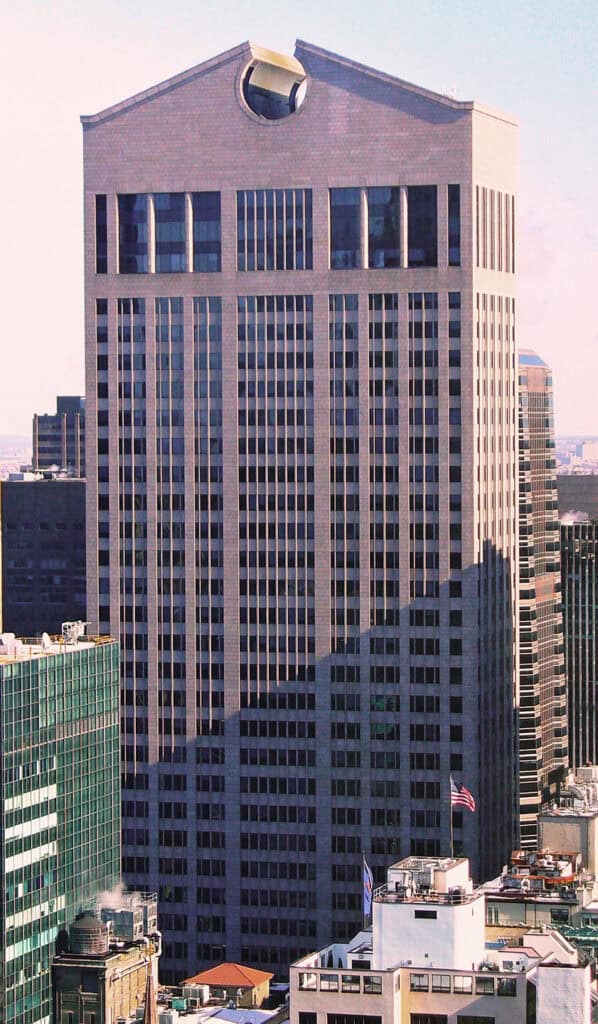
Postmodern architects sought to create buildings that were expressive and whimsical. The AT&T Building in New York, designed by Philip Johnson, is an important example of Postmodern architecture.
5. Minimalism
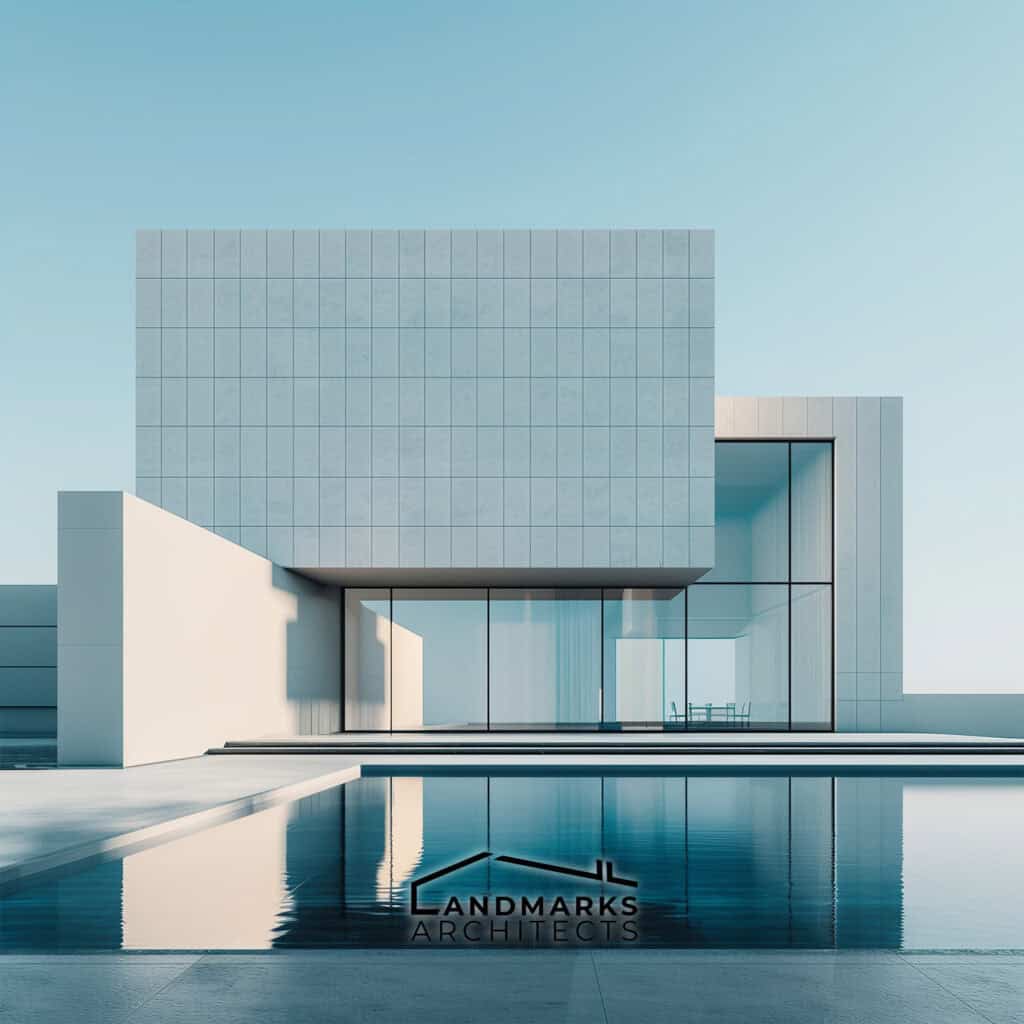
Minimalism emerged in the 1960s and was characterized by the use of simple forms, clean lines, and minimal ornamentation. Minimalist architects sought to create buildings that were stripped down to their essential elements.
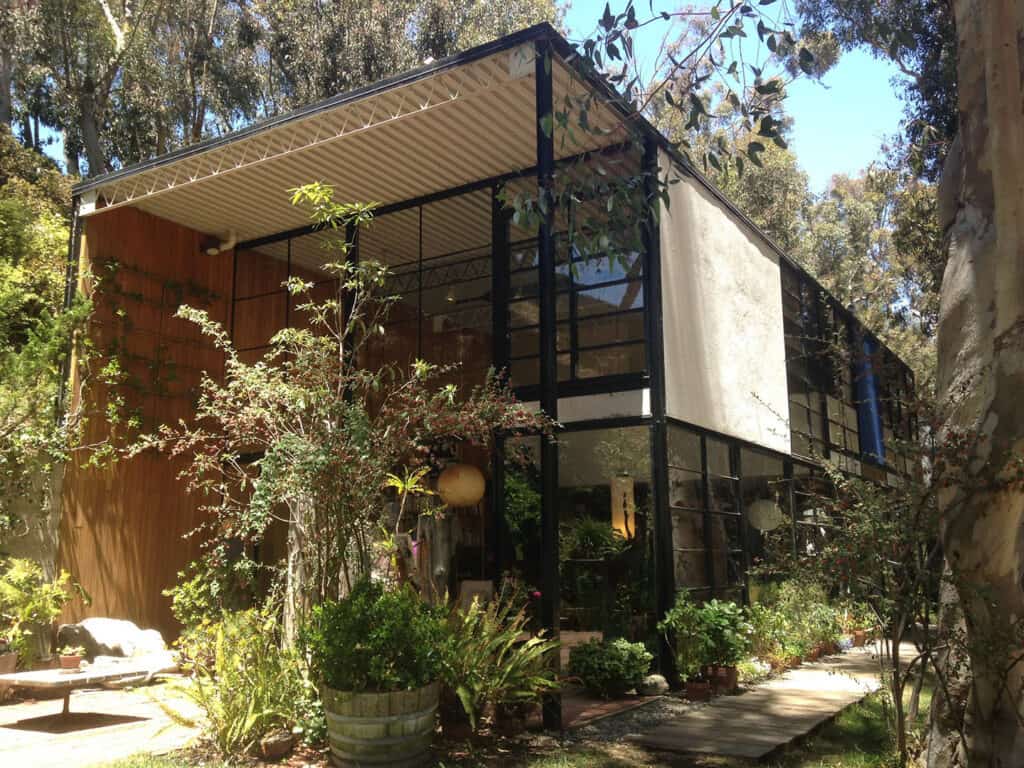
The Eames House in California, designed by Charles and Ray Eames, is an important example of Minimalist architecture.
6. High-Tech Architecture
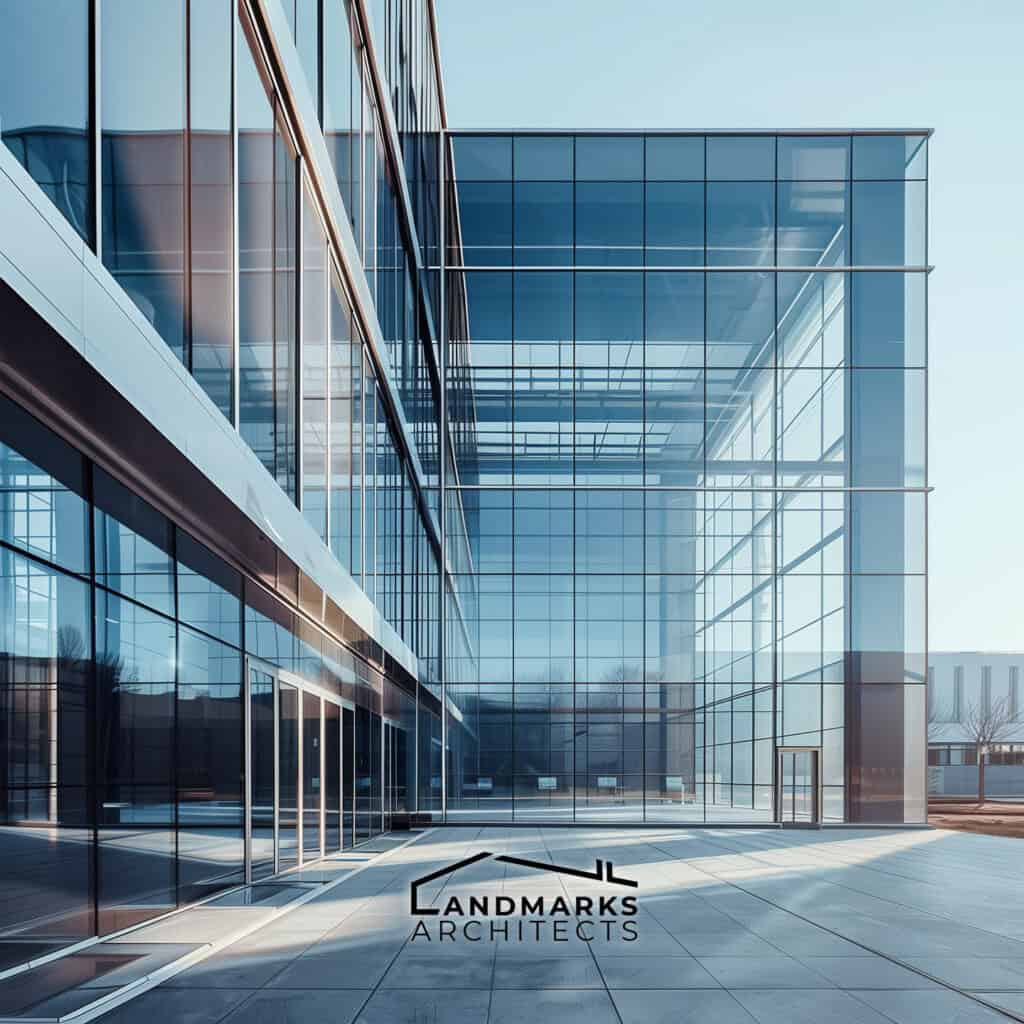
High-tech architecture emerged in the 1970s and was characterized by the use of industrial materials, such as steel and glass, and structural innovation. High-tech architects sought to create buildings that were expressive and technologically advanced.
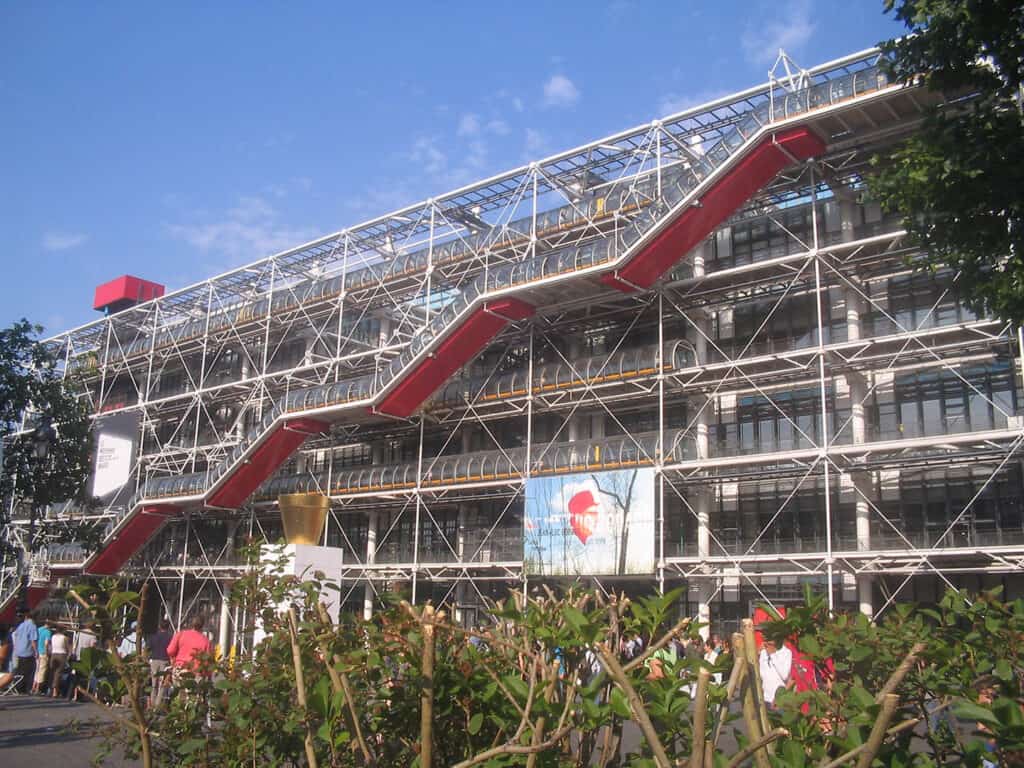
The Pompidou Center in Paris, designed by Renzo Piano and Richard Rogers, is an important example of High-Tech architecture.
7. Deconstructivism
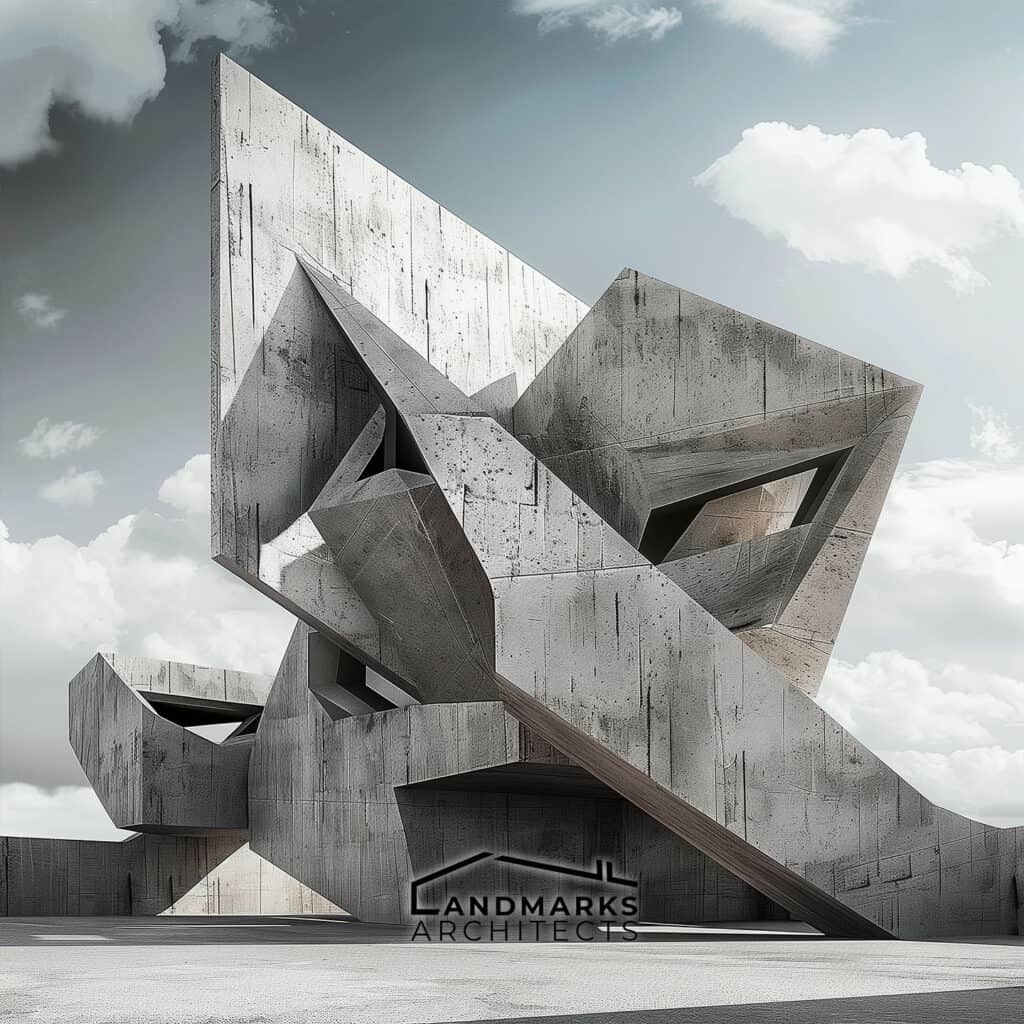
Deconstructivism emerged in the 1980s and was characterized by the use of abstract shapes and asymmetrical compositions. Deconstructivist architects sought to create buildings that were expressive and challenging to traditional notions of building design.

The Guggenheim Museum Bilbao in Spain, designed by Frank Gehry, is an important example of Deconstructivist architecture.
8. Sustainable Architecture
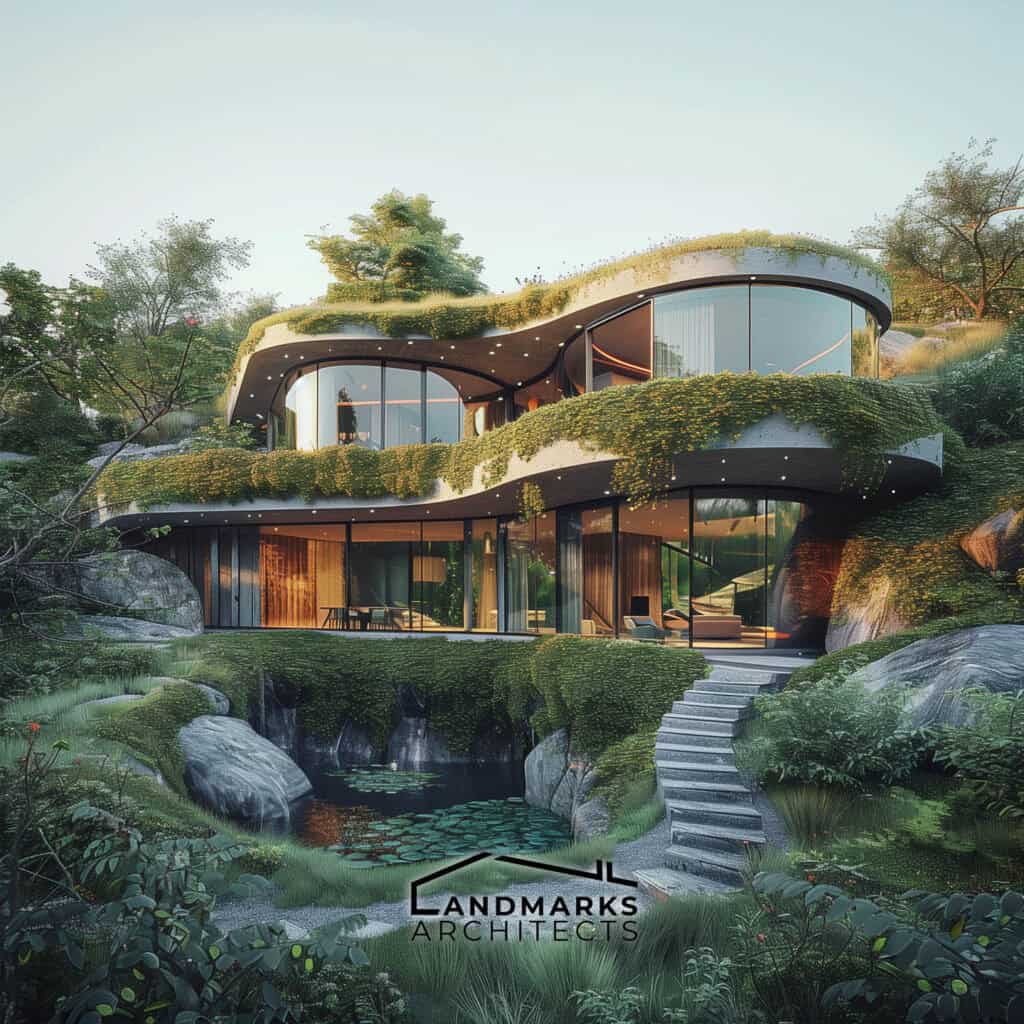
Sustainable Architecture emerged in the late 20th century and was characterized by the use of natural materials, such as wood and stone, and an emphasis on energy efficiency. Sustainable architects sought to create buildings that were environmentally responsible and aesthetically pleasing.
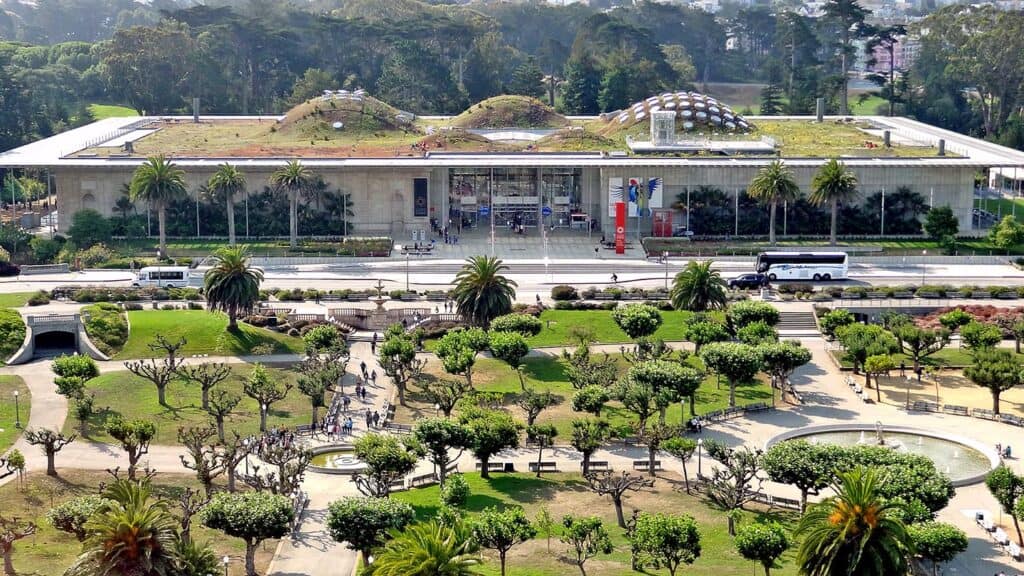
The California Academy of Sciences in San Francisco, designed by Renzo Piano, is an important example of Sustainable architecture.
9. Parametricism
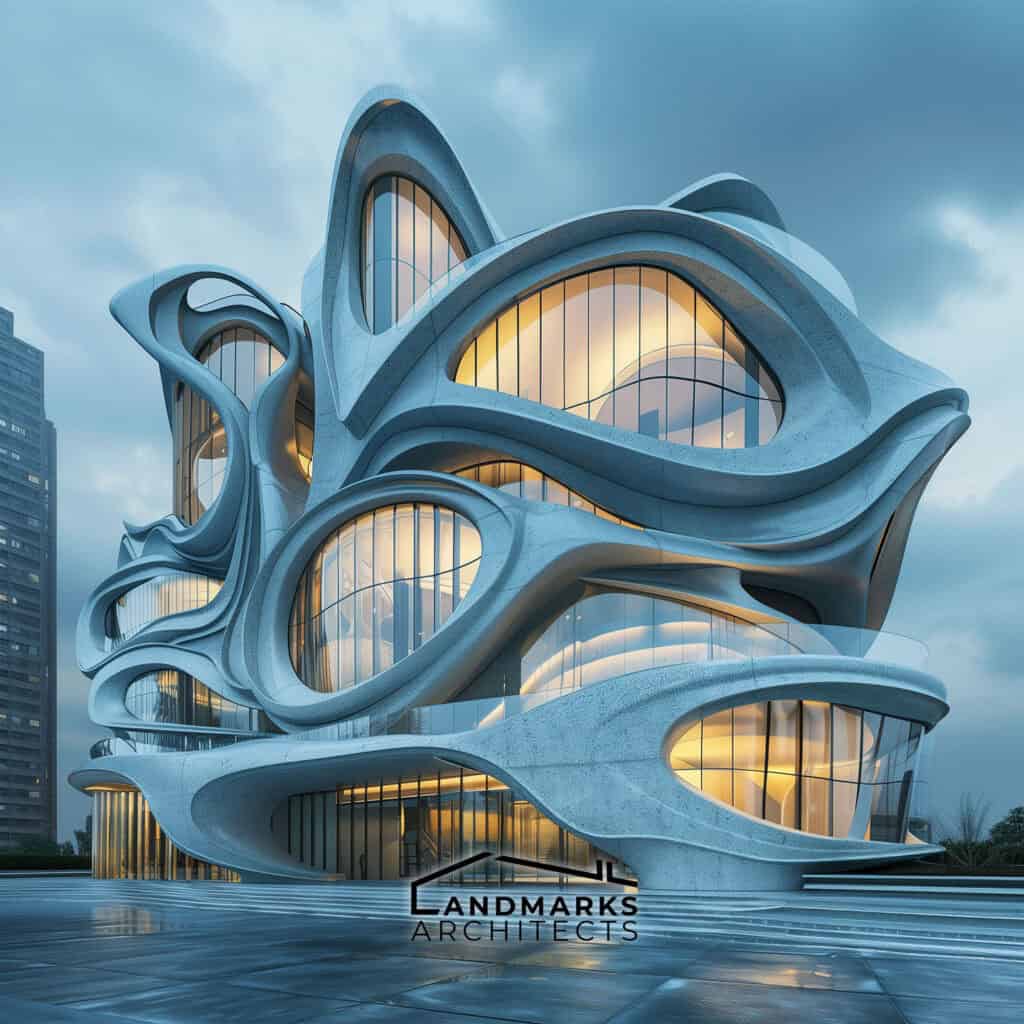
Parametricism, a 21st-century architectural style driven by computer algorithms, fosters the creation of expressive, organic shapes.
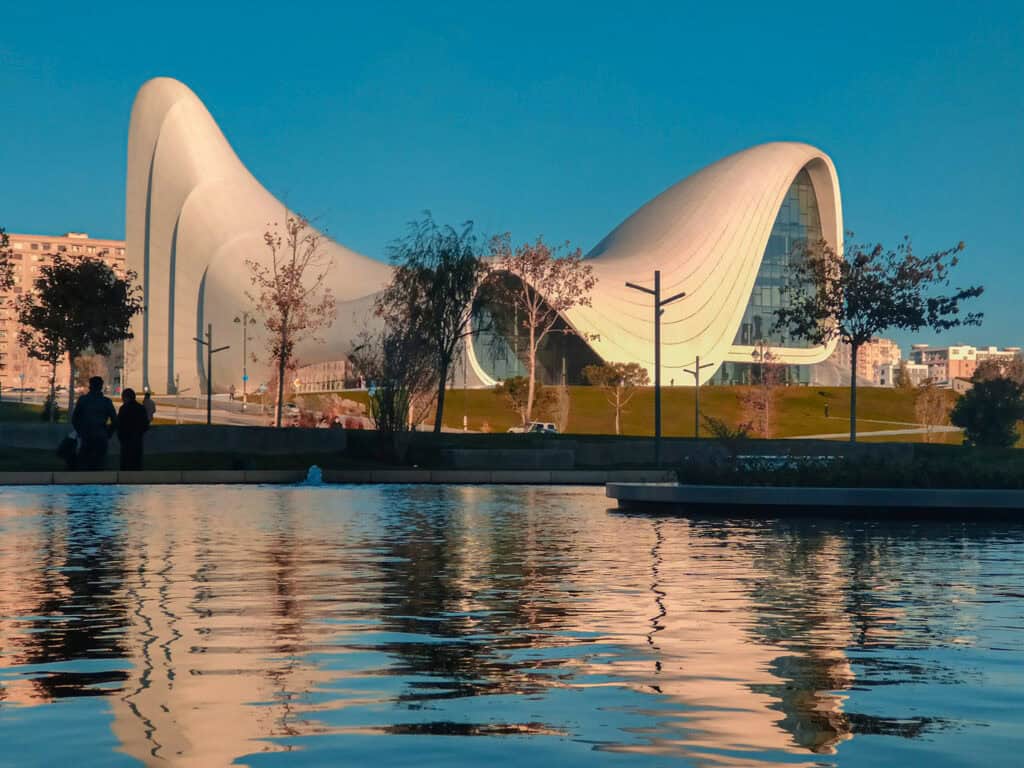
Zaha Hadid’s Heydar Aliyev Center in Azerbaijan epitomizes this approach, with fluid curves challenging traditional design. Pioneered by architects like Hadid and Patrik Schumacher, Parametricism merges technology, artistry, and functionality, showcasing dynamic forms and pushing architectural boundaries.
7 Key Features of Modern Architectural Styles
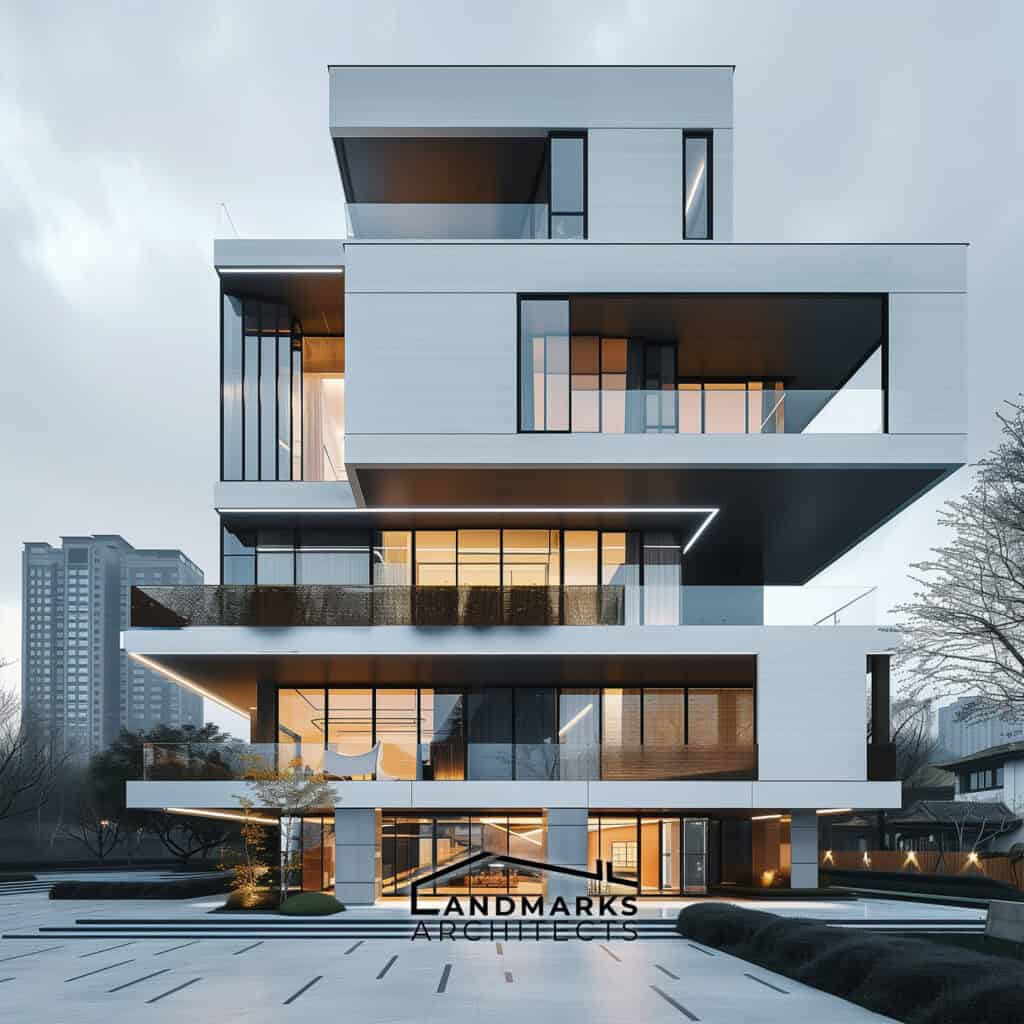
Modern architecture stands as a testament to innovation and progress, redefining our urban landscapes with its distinct characteristics. Here, we delve into the key features that define modern buildings:

1. Clean Lines and Minimalist Design: Modern architects eschew the ornate and decorative elements of classical architecture in favor of clean, uncluttered lines and minimal ornamentation. This minimalist approach creates spaces that are sleek, contemporary, and timeless.

2. Utilization of Modern Materials: Steel, reinforced concrete, and glass are the cornerstone materials of modern architecture. These materials offer durability, flexibility, and aesthetic versatility, allowing architects to realize their design visions with precision and efficiency.
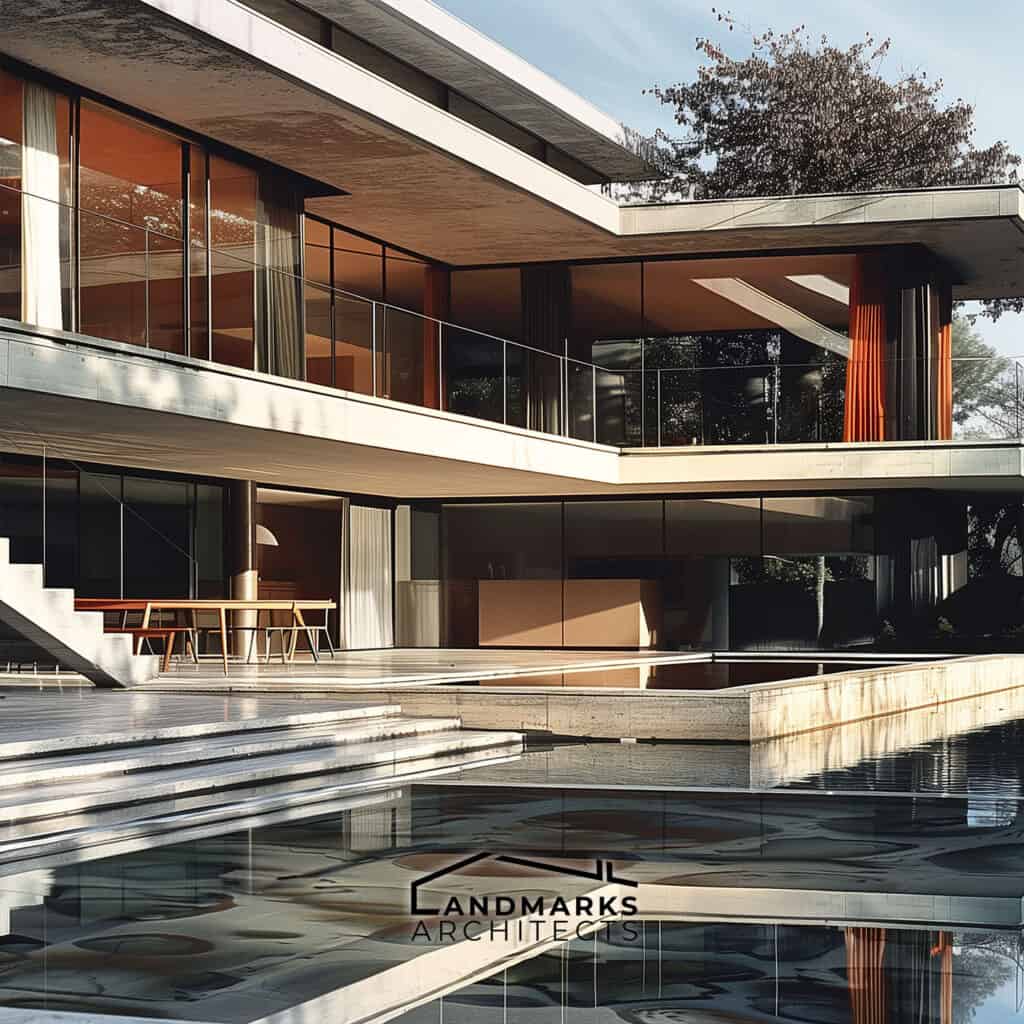
3. The International Style Influence: Prominent within modern architecture, the International Style emphasizes geometric forms, asymmetrical compositions, and a form-follows-function approach. Pioneered by architects like Le Corbusier and Mies van der Rohe, it embodies the principles of functionality and rationalism.

4. Art Deco Influence: Art Deco, another influential style of the modern era, introduces abstract shapes, curved lines, and structural innovation. The Chrysler Building in New York City stands as a testament to its bold and glamorous aesthetic.

5. Integration of Indoor and Outdoor Spaces: Modern architecture prioritizes blending indoor and outdoor areas, exemplified by Philip Johnson’s Glass House. This seamless connection enhances well-being by bringing nature into living spaces, fostering tranquility and balance for occupants.
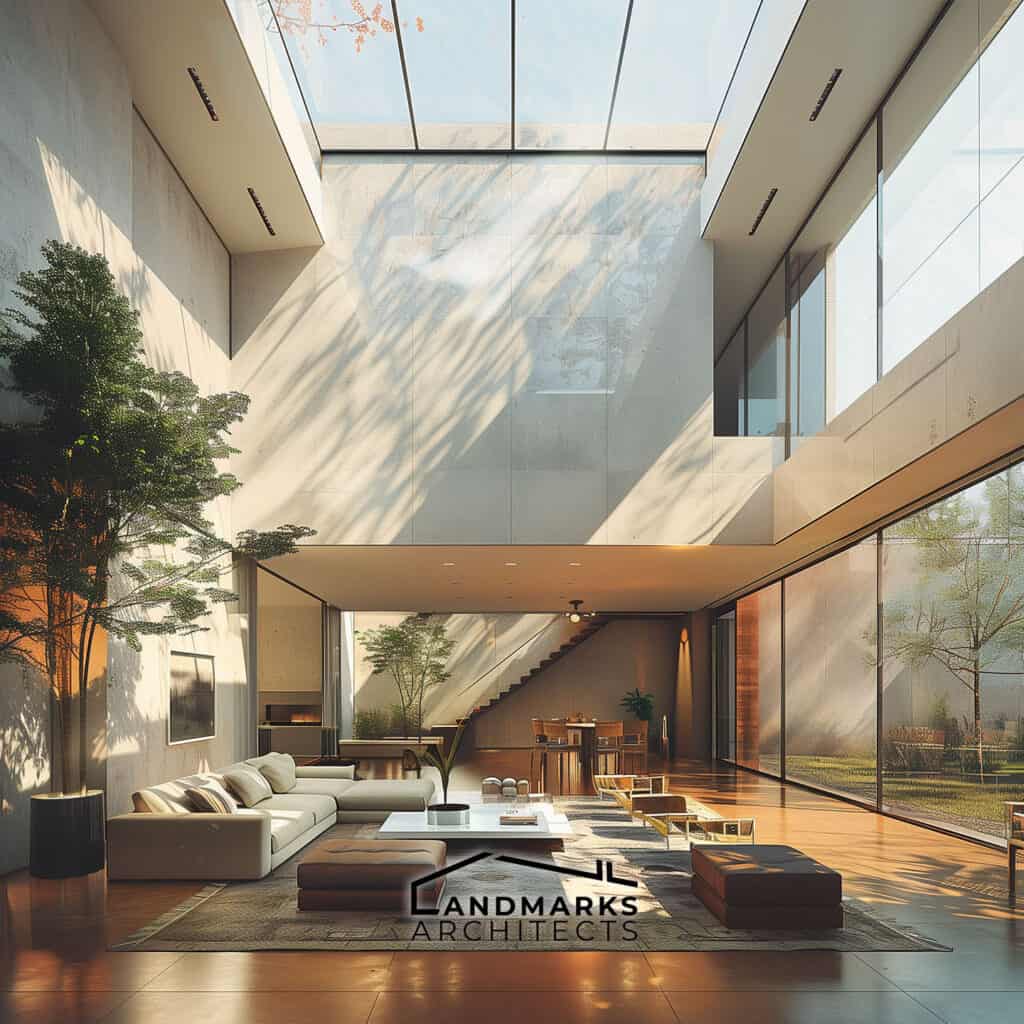
6. Emphasis on Natural Light: Natural light plays a central role in modern architecture, with large windows and glass walls allowing for an abundance of daylight to permeate the interior spaces. This emphasis on natural light not only enhances the aesthetic appeal of the building but also promotes well-being and energy efficiency.

7. Flat Roofs and Unusual Shapes: modern architecture accommodates utilities like solar panels and offers sleek aesthetics. These shapes provide unique identities, and visual intrigue, and foster architectural innovation, exemplified by iconic structures such as the Sydney Opera House’s distinctive sails. They push boundaries and encourage experimentation in design.

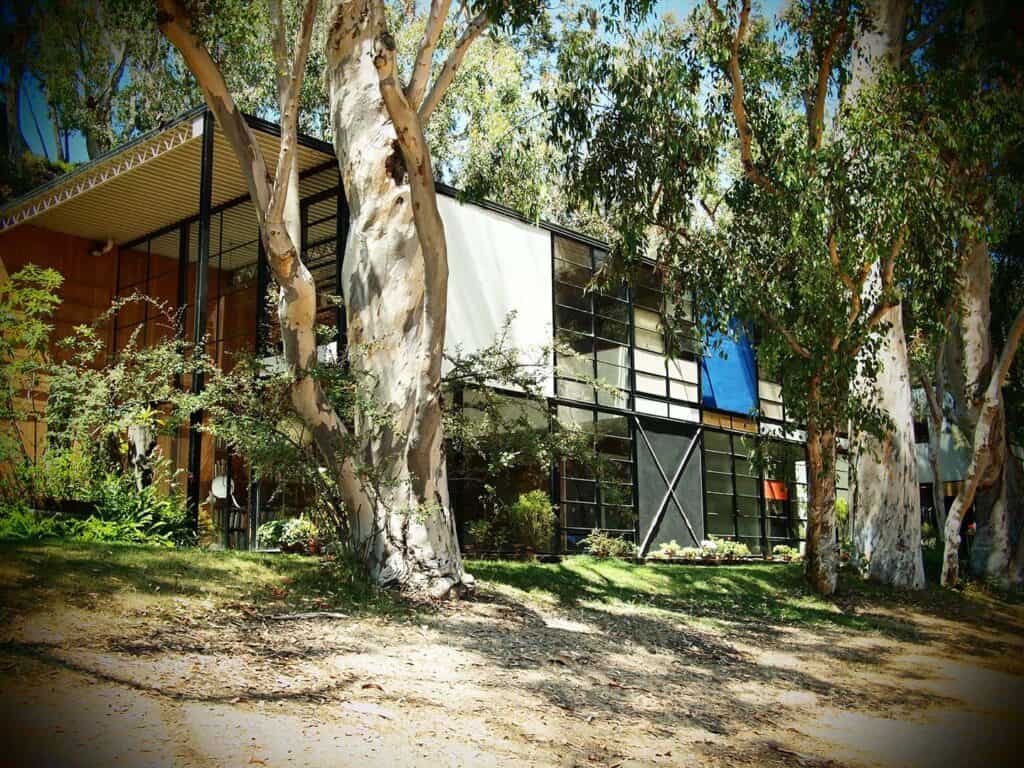
Iconic examples of modernist architecture include Fallingwater, designed by Frank Lloyd Wright, and the Eames House by Charles and Ray Eames. Fallingwater exemplifies integration with nature through its cantilevered terraces, while the Eames House showcases modular simplicity. Both structures embody modern design principles of innovation, functionality, and harmony with their surroundings, leaving a lasting legacy in architectural history.

In summary, modern architectural styles prioritize functionality, minimalism, and the use of modern materials to create spaces that are both visually striking and highly efficient. From the geometric purity of the International Style to the timeless elegance of Art Deco, these styles continue to shape our built environment with their distinctive features and enduring legacy.
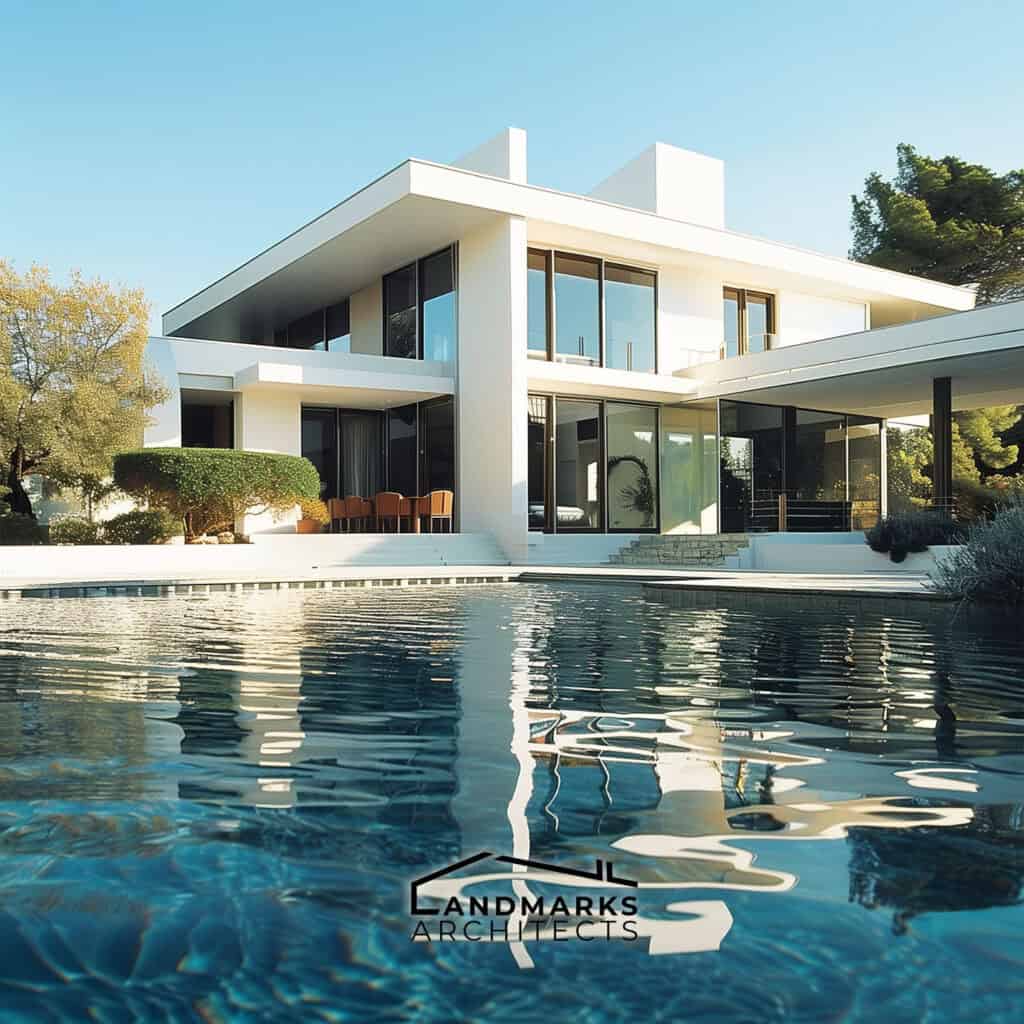
As we conclude our exploration of modern architectural styles, we’ve witnessed a tapestry of innovation and creativity, from the sleek lines of Modernism to the dynamic forms of Deconstructivism. These styles reflect not just architectural trends, but societal values and technological advancements. Each style embodies a unique vision, challenging conventions and reshaping our built environment.
Modern architecture celebrates the fusion of form and function, leaving an enduring legacy of design excellence. Let’s carry forward an appreciation for the diversity and dynamism of modern architectural styles as we shape the cities of tomorrow.










